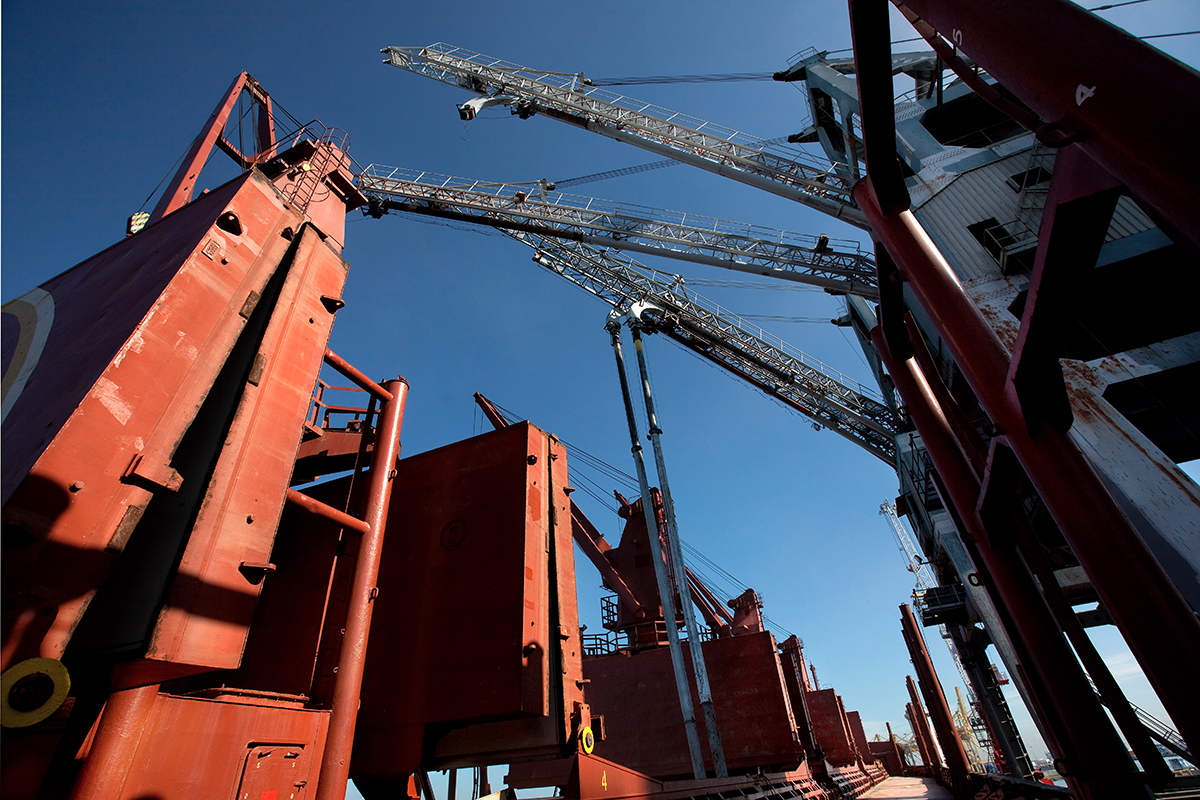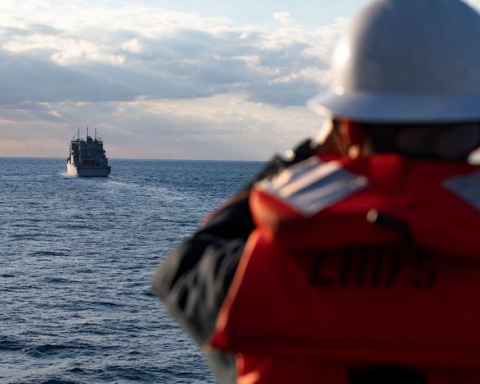Shipping is a so-called “capital intensive” sector that has always needed bank credit to finance its activities, from classic mortgage loans to bond-issuing.
The freight-rate crisis and the requirements imposed on emissions have led to a large number of shipping companies being forced into a corner. This has led to an exponential increase in debt restructuring – sometimes culminating in real bankruptcies (for example, Deiulemar and RBD in Italy, as well as Hanjin and OW Bunker) – and a massive departure of banks from the shipping sector, also due to the new capital requirements introduced with Basel III.
According to the latest Petrofin Bank Research,the top 40 shipping banks in the world now control an exposure of just over $300 billion, about $44 billion less than in 2017.
One example is HSH Nordbank: the credit institution was once the leading bank in the ship-financing sector, while today it ranks twenty-sixth among the forty largest banks in the world in terms of exposure to the shipping sector, with only 5 billion USD. UniCredit’s sector exposure, the only Italian bank in Petrofin’s ranking, has dropped from 10 billion USD to 4 billion USD.
Currently, the most active credit institutions on the domestic market are BPER Banca, Banco BPM, Intesa Sanpaolo and Iccrea Bancaimpresa, as well as the French BNP Paribas and Crédit Agricole CIB which, despite reducing their credit exposure, are still very present in the shipping sector, occupying the third and seventh position in the world respectively.
However, Petrofin’s report shows a marked decline in the total percentage of ship financing granted by European banks (from 83% to 59.6%) and a considerable increase in the percentage held by Far East institutions (from 14.8% to 35%).
The study also certifies a clear asymmetry between the reduction in ship financing (-25%) and the growth of the world fleet (+28%), which is supported by alternative forms of financing. Here Chinese, Japanese and Korean leasing companies are the key players, with an exposure which has reached 47 billion dollars.
The Italian market also saw some leasing operations, while bank loans were mainly granted to very solid and reliable shipping companies operating in shipping sectors less affected by the crisis in freight rates, such as port towage, the transport of chemicals and ro-ro cargo.
An exception to the rule should be made for the cruise industry that has not been hit by the crisis. In Italy the presence of Fincantieri,world leader in the construction of cruise ships is fundamental. In the first semester this year Fincantieri registered a total workload of more than 33 billion euros (about six times the revenues of 2018), with orders for 98 units up to 2027.
Returning to Petrofin’s report, the study predicts continued growth in leasing and a limited number of quotes and bond issues in the U.S. market, with the Norwegian market representing a viable and reliable alternative. As for bank financing, it should be noted that the stability of the world economy and the substantial stock of public debt of some countries (including Italy) will have a significant impact on the ability of banks to finance the shipping sector.
Translation by Giles Foster




